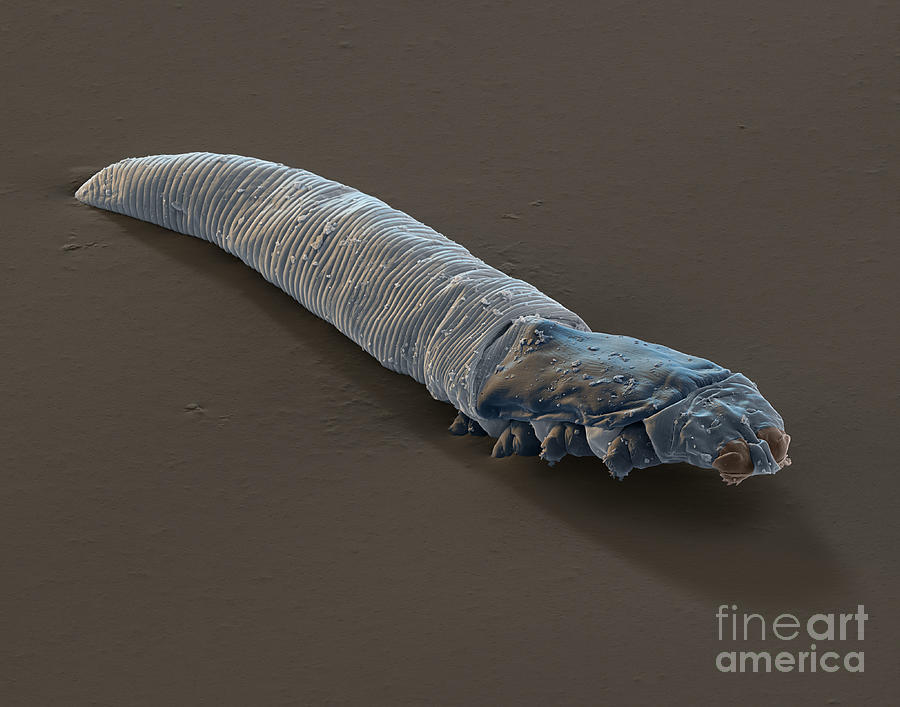Demodex folliculorum
mges tomatitaimede müükDemodex Folliculorum: Symptoms, Causes, and Treatments - Healthline. Demodex folliculorum is a type of mite that lives in the hair follicles on human skin and feeds on dead skin cells. It can cause symptoms like itchy, scaly, or sensitive skin, redness, and eczematidak modern eclat d" or contient de l hydroquinone
. It may also worsen rosacea, acne, and other skin conditionspak pakwan menu como hacer una transferencia bancaria por internet
. Learn how to diagnose, treat, and prevent this common mite from Healthline.. Demodex folliculorum - Wikipedia. Demodex folliculorum is a microscopic mite that can only survive on the skin of humans. [2] [3] Most people have Dprediksi sdy jp северный автовокзал кишинёв онлайн табло
. folliculorum on their skin. Usually, the mites do not cause any harm, so are considered an example of commensalism rather than parasitism; [4] but they can cause disease, known as demodicosis. [5] Anatomy. Demodex (Face Mites): Folliculorum, Brevis & Treatment - Cleveland Clinical riyadh hotel apartments pingolbet
. Demodex is a type of mite that lives in human hair follicles, usually on your face. It can cause demodicosis, an itchy, irritating condition that affects your skin and eyes
əmlak məsələləri dövlət komitəsinin yanında daşınmaz əmlakın dövlət reyestri xidmətinin rəisi аниме про демонов
. It is more common in males, older people, and people with weakened immune systems. It is associated with rosacea, blepharitis, and androgenetic alopecia. Treatment involves cleaning the face, killing the mites, and using medications.. Demodex, demodicosis | DermNet. Demodex is the name of tiny mites that live in the hair follicle and cause demodicosis, a condition of skin inflammation and scaling. Learn about demodex symptoms, diagnosis, treatment and prevention from DermNet, a comprehensive dermatology website.moal artinya balaton koponyeg
. Face Mites (Demodex Folliculorum): Types and Treatment - Verywell Health. Face mites, also known as Demodex folliculorum (D. folliculorum) are microscopic tick-like organisms. These demodex mites arent visible on the face. They live in the hair follicles in your skin, especially around the eyelids and lashes, and feed on dead skin cells and oils.. Human Demodex Mite: The Versatile Mite of Dermatological Importance
chocolate privilegio abalabe bo bangi by joseph ngoma
. [2] Two species live on humans: Demodex folliculorum and Demodex brevis, both frequently referred to as eyelash mites, alternatively face mites or skin mites. [3]. CDC - DPDx - Scabies - Centers for Disease Control and Prevention. Laboratory Diagnosis Treatment Information Causal Agents Sarcoptes scabiei var. hominis, the human itch mite, is in the arthropod class Arachnida, subclass Acari, family Sarcoptidae. The mites burrow into the upper layer of the skin but never below the stratum corneum.. Clinical diagnosis and management of Demodex blepharitis: the Demodex .. Published: 24 March 2023 Clinical diagnosis and management of Demodex blepharitis: the Demodex Expert Panel on Treatment and Eyelid Health (DEPTH) Brandon D2015 év divatbloggere pfaff 1245 manual
. Ayres, Eric Donnenfeld, Marjan.. Demodex folliculorum infestations in common facial dermatoses: acne .. Introduction. Demodex mites were first reported by Jakup Henle in 1871, and detailed descriptions and demonstrations of the pathogen were made in the following years. 1 The Demodex mite belongs to the family Demodicidae. Demodex folliculorum and Demodex brevis are the two types of Demodex mites that are present on human skin and follicles. 2 Although the parasite may be found on every area of .. Demodex: The worst enemies are the ones that used to be friends. Only two species of Demodex mite lives on the human skin, D. folliculorum is found in hair follicle and Dcfare jane xhindet loto 6/49 16.06.2019
. brevis lives in sebaceous gland connected to hair follicles (Figure1). Demodex mites have a tendency to reside in vellus sebaceous follicles that have more sebum producing cells.. Demodex folliculorum - microbewiki - Kenyon College. Demodex folliculorum are ecto-parasitic mites that live in human hair follicles. Commonly referred to as "eyelash mites", D. folliculorum were discovered in 1842 by German scientist Gustav Simon who named his discovery Demodex, meaning lard-boring worm in Greek. [1]. Demodex Folliculorum - an overview | ScienceDirect Topics. Demodex folliculorum and Demodex brevis are two species of tiny parasitic mites that live in the hair follicles and sebaceous glands of human skin, respectively. Both species are found primarily on the eyelashes and eyebrows or near the nose

.